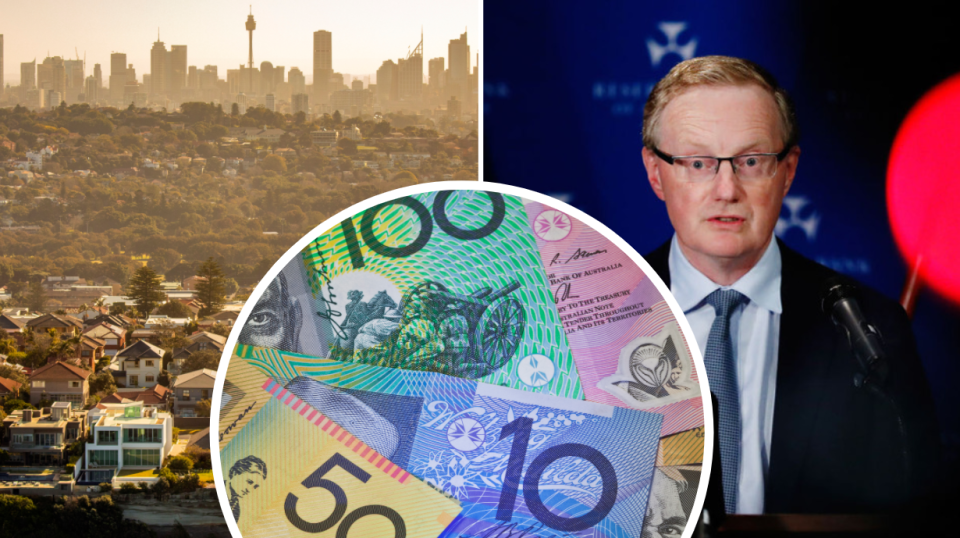RBA makes decision as negative rates question looms

The Reserve Bank of Australia (RBA) has decided to keep the official cash rate at 0.25 per cent amid calls for it to move into negative territory.
Also read: House prices fall for the first time in 11 months
Also read: ‘The risks are there’: JobKeeper warning for home owners
Also read: 'Pretty bad': The Reserve Bank has called the economic depression
The decision to keep rates at the record low has not come as a surprise to most economists, but as a disappointment to some.
Westpac chief economist Bill Evans has called on the RBA to consider taking rates into the negative, after Denmark, Sweden and Japan implemented the unusual policy.
"A serious case can be made for the RBA to consider further cuts and entering negative territory for the cash rate if it becomes apparent that the economy is deteriorating even more than is currently expected,” Evans said.
“A small open economy with significant foreign liabilities would certainly see a substantial improvement in the competitiveness of the currency with further rate cuts when other major markets are anchored at their effective lower bounds.”
However, the RBA has declared it “extraordinarily unlikely” that it will embark on such a policy, something many economists and experts on the Finder interest rate survey noted.
All those surveyed predicted the hold verdict, with some predicting no return to normal monetary settings until 2023.
"The RBA has stated its view that rates are at their lowest point, and there’s no appetite for negative rates. The banks themselves have access to cheap credit at the moment, which is reflected in the low rates charged to customers,” Leanne Pilkington from Laing+Simmons said.
“The economy remains in a fragile place and while some businesses cautiously re-open, we see the holding pattern continuing for the foreseeable future."
Metropole Property Strategists’ Michael Yardney added: "We are now in the low-interest-rate environment for at least three years, the RBA doesn't want to spook the market with negative interest rates."
The RBA’s decision comes as Australia marks its first month of negative property price growth in nearly a year, down 0.4 per cent over May.
RBA hopeful
RBA governor Philip Lowe said that while the pandemic has led to a “severe” global downturn, a recovery might be sooner than expected.
“Over the past month, infection rates have declined in many countries and there has been some easing of restrictions on activity. If this continues, a recovery in the global economy will get under way, supported by both the large fiscal packages and the significant easing in monetary policies,” Lowe said.
“Globally, conditions in financial markets have continued to improve, although conditions in some markets remain fragile. Volatility has declined and credit markets have progressively opened to more firms. Bond rates remain at historically low levels.”
Continuing, Lowe noted that the Australian economy is going through its biggest economic challenges since the 1930s.
“Notwithstanding these developments, it is possible that the depth of the downturn will be less than earlier expected. The rate of new infections has declined significantly and some restrictions have been eased earlier than was previously thought likely. And there are signs that hours worked stabilised in early May, after the earlier very sharp decline.”
Nevertheless, Lowe said the outlook is “highly uncertain”, with much of the recovery dependant on consumer confidence.
Follow Yahoo Finance Australia on Facebook, Twitter, Instagram and LinkedIn.

 Yahoo Finance
Yahoo Finance 

